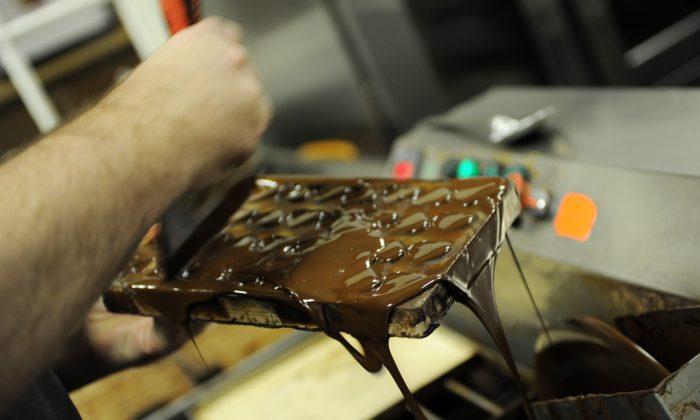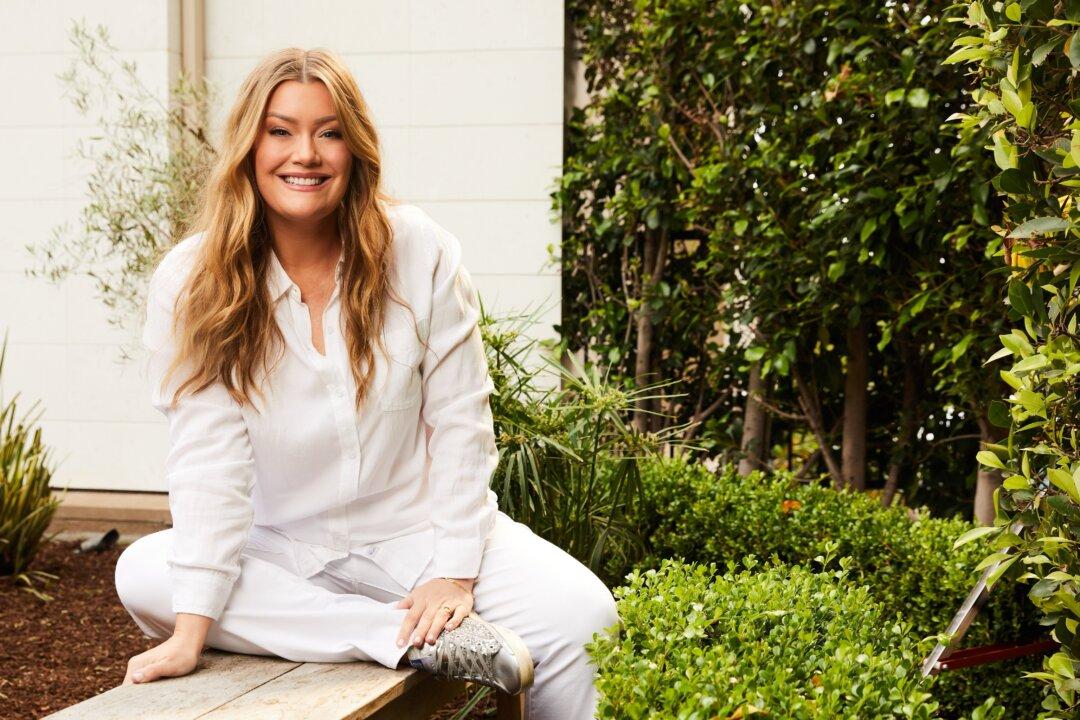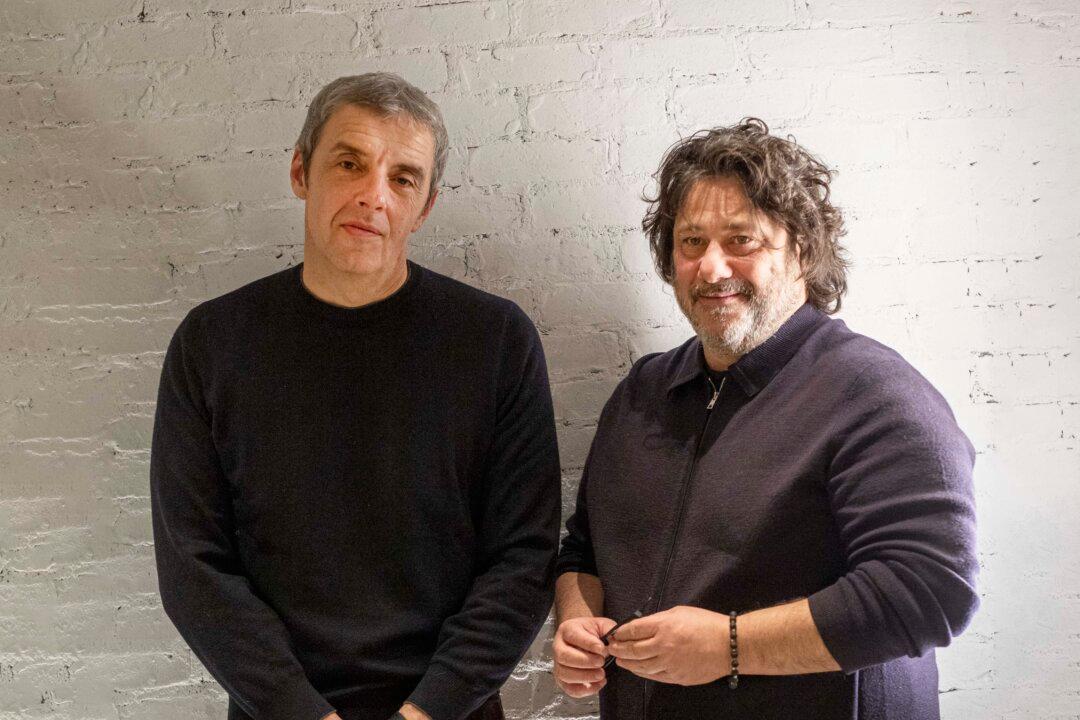For those with lactose intolerance or with allergies to milk, the Food and Drug Administration (FDA) just discovered some bad news: Many dark chocolate products on the U.S. market actually contain milk, even those labeled as dairy- or lactose-free.
Milk is one of eight major food allergens that the FDA says can cause dangerous reactions if consumed. According to the nonprofit Food Allergy Research & Education, some people with milk allergies develop severe symptoms like trouble breathing, wheezing, and loss of consciousness.
Those who are lactose-intolerant, on the other hand, cannot digest lactose (a sugar commonly found in dairy products), which can cause nausea, cramps, bloating, and diarrhea.
While federal law requires that all products that contain milk must have a label indicating so, not everyone complies. Food products that don’t declare their milk ingredients are the most common source of complaints to the FDA for food recalls. And most of the time, the food product is chocolate.
The federal agency decided to find out exactly how prevalent the problem was. Out of 94 different dark chocolate bars that the FDA tested for milk, 57 of them (61 percent) tested positive. Only six of the samples actually listed milk as an ingredient on their labels.
Some of the 88 chocolate bars that didn’t list milk as an ingredient actually contained the same levels of milk as the bars that did have a milk label.
Oftentimes, manufacturers place advisory labels like “may contain milk,” “may contain dairy,” or “may contain traces of milk” as a warning to consumers. But the FDA found that three out of four dark chocolate bars with such advisory labels did in fact contain milk.
With dark chocolate bars labeled “vegan” (not using any animal products), milk was still inescapable—25 percent of them were found with the ingredient.
The track record wasn’t much better for “dairy-free” or “lactose-free” labels. Fifteen percent of those dark chocolate bars contained milk. And a third of labels that didn’t mention milk anywhere actually contained milk.
The FDA explained that most dark chocolate products are produced in plants that also produce milk chocolate, thus allowing milk to inadvertently end up in dark chocolate.






